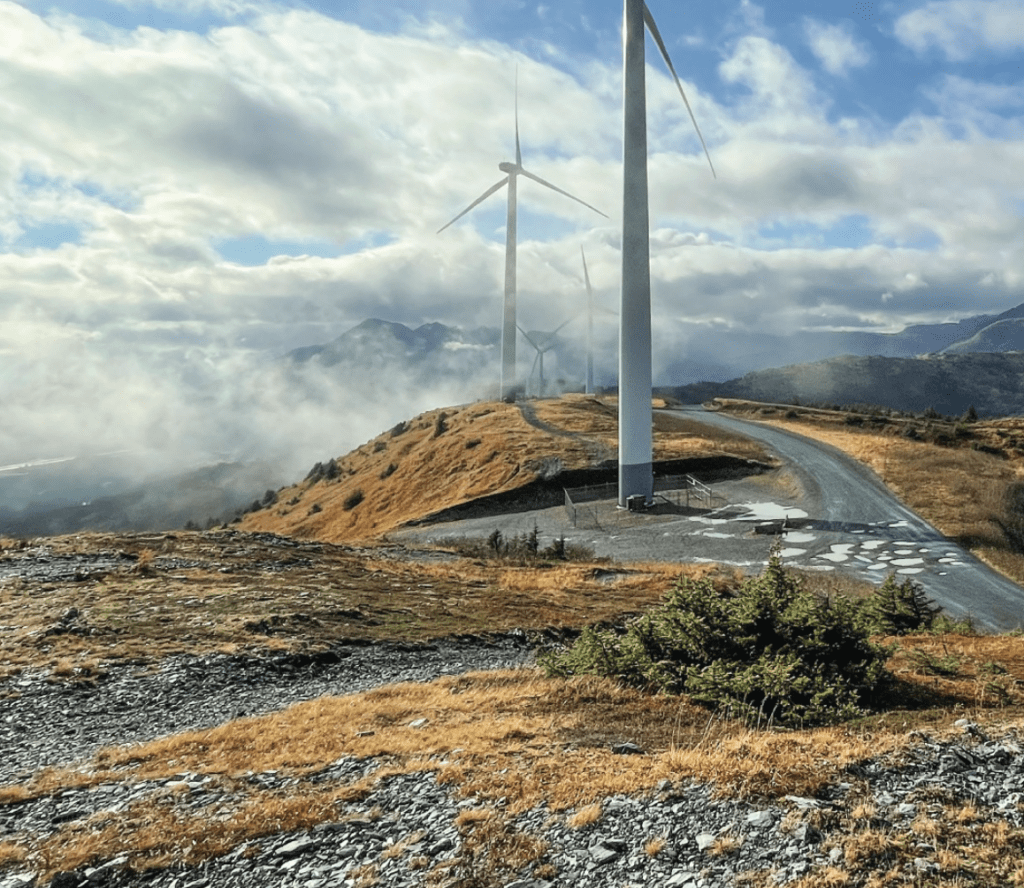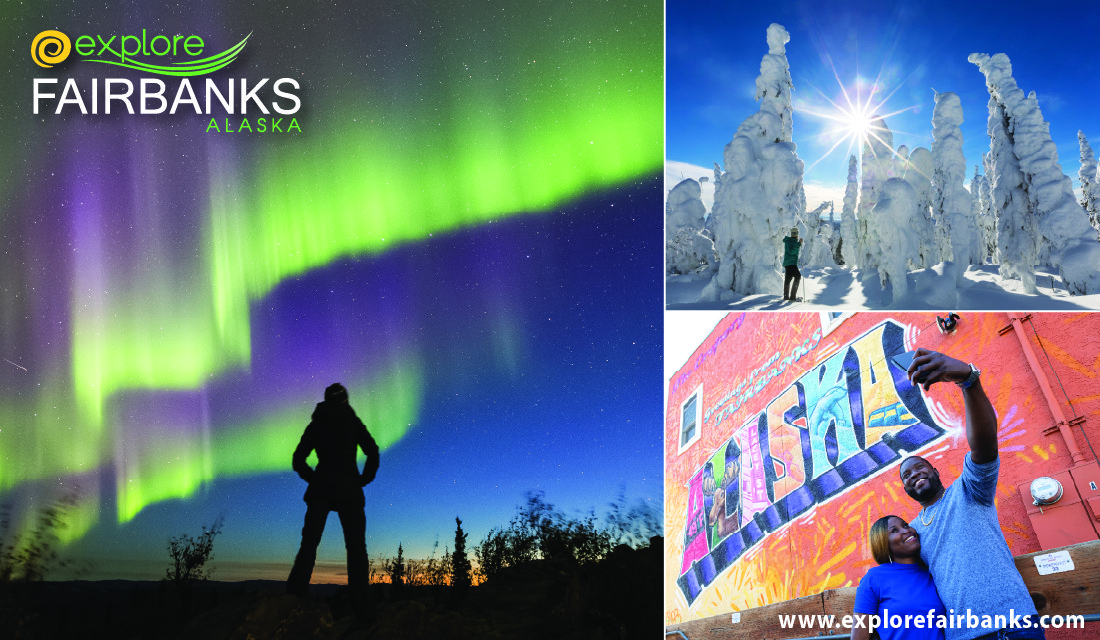Federal funding has long been crucial to Alaska’s economy, even before statehood. From the Alcan to the pipeline to our airports and beyond, it props up Alaska’s transportation and energy sectors, providing the infrastructure necessary to move people, fish, oil, and minerals. Federal programs have also long supported education, health care, research, and much more. In each case, a steady—and often overlooked—flow of federal dollars helps Alaskans afford the cost of life in the North.
Above: The Ascension Church of Our Lord Chapel at Karluk on Kodiak Island. Photo by Tommy’s Dog Climate change is impacting cultural sites across Alaska. From Denali to the Bering Sea coast and down to the Klondike Gold Rush National Historic Park, melting snowfields, eroding coastlines, and increasingly severe floods are unearthing artifacts faster than they can be preserved. Climate change also shows up as a stressor in Preservation Alaska’s annual list of at-risk historical sites. The number two site on the group’s 2024 list is Pilgrim Hot Springs, 0 miles north of Nome. The geothermic site, and its tree oasis in the vast tundra, bear evidence of Indigenous, gold rush, aviation, and homestead histories, along with buildings from a Catholic-run orphanage dating to the early 1900s. The site is also a popular recreation area today. But beavers, who are dramatically spreading north with warmer winters and increased woody vegetation,…
Welcome to the future Alaska is hot, welcome to the future. It might be time for snowbirds to rethink their second home or retirement condo in Florida. The world is hot and getting hotter, and while Alaska is leading the way, I’d like to illuminate the bright side of global warming. Consider home gardening. In the 1970s, Anchorage was a terrible place to grow tomatoes. Now, you can harvest your own tomatoes and even okra—unthinkable even in the 1990s—in Alaska. Robins once migrated south to warmer climes in the fall (just like many Alaskans), but now they overwinter in Homer. Fireweed blooms no longer reliably predict the first freeze. Red fox have been moving north and taking over the territory of arctic fox. Heck, even the bears in Kodiak didn’t hibernate until late December last year, before announcing it was spring by emerging in early March. If the reactions of…




